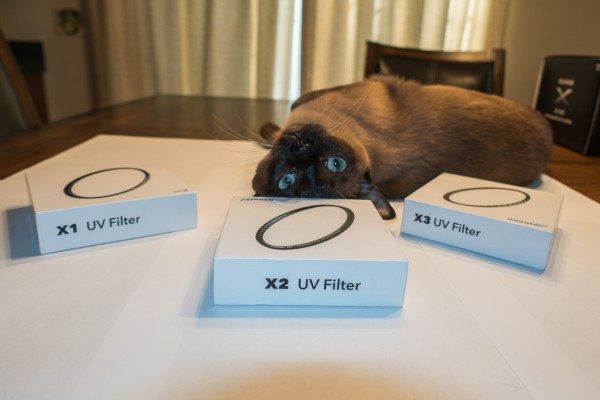 (Supermodel Priya poses behind the three filters being tested in this review)
(Supermodel Priya poses behind the three filters being tested in this review)
I love photography. There isn’t a day when I don’t have my camera with me, ready to capture something beautiful. I shoot with a Canon 5D Mark III full-frame dSLR and my workhorse lens is the 24-105 f/4L. A top-quality lens on a top-quality camera. Of course, slapping a cheap filter on the front of that lens turns your wundergadget into a piece of garbage. If you are serious about photography, avoid the cheaper filters and go for something good.
I have been using a B+W MRC 007 UV filter to protect my expensive glass. It’s not cheap itself! It has done a great job of cutting down on its own internal reflections, especially when compared to the Tiffen filter it replaced. I’ve used it to excellent effect for nearly two years now. When the opportunity came to try out filters from a new optics company called Breakthrough Photography, I could not pass up the opportunity. Will the B+W pass the test, or will I have a new mainstay filter on my workhorse lens?
Breakthrough Photography sent me three filters to try, from the least expensive X1, the midrange X2 and the top-tier X3. The difference between the three filters is twofold. The X1 uses has 4 layers of MRC and normal, smooth edges on the outer filter ring. The X2 is made of AGC optical glass from Japan with 8 layers of MRC and has CNC-machined ridges on three segments of the aluminum ring, set at 120 degrees apart. The X3, made of Schott B270 optical glass from Germany,is made of brass and has CNC-machined ridges all around the filter. It has 16 layers of MRC. All three lenses are 3.2 mm in depth, are weather-resistant and have a nanocoating to enhance the optical quality. The machine-ridged X2 and X3 are called “Traction frames” by the company.
The filters come packaged very nicely, in tight little boxes that give you a lot of information about them on the back. Even the presentation when opened leads to a nice unboxing experiences, something most companies don’t give you with something as mundane as a filter.
Inside the box you will find a business card with the company information and another card with information on how to activate the company’s “ironclad guarantee” online. This amounts to a 25-year warranty on the product. I don’t know the specifics of what the warranty covers or omits. Inside is also a nice cleaning cloth and the filter itself, in one of the best case designs I’ve seen yet. There are cutouts on either side of the filter making removing the filter a snap.
You can’t get to the filter until you remove the gold seal from the edge.
I put these filters through a series of informal, everyday-use tests and pitted them against my trusty B+W MRC UV filter. I don’t have an optical bench to take careful measurements on, so these are qualitative rather than quantitative tests. The first thing I did was look at the reflectivity of the filters in my dining room light. I was looking for color cast and reflection resistance.
First up? The X1, with it’s 4-layer MRC coating. This gives a clear white reflection and does not control reflections much at all. This is meant as a starter or backup filter and, as their least expensive option, still has some MRC on it. The light and the surrounding fixture are easily seen in the reflection.
Next comes the X2, with its 8 layers of MRC coating. A greenish color cast is seen, the reflection is much dimmer than that from the X1.
Then the X3. The photo does not do justice to just how well this limits reflections. It has a dim blue-green color to the cast. Winner is definitely the premium X3.
Finally, the B+W filter. Its reflections are subjectively slightly dimmer than the X3 and the color cast is actually pale magenta. I have been very pleased with this filter but at full wide angle I have been getting mild vignetting from it.
Here you can clearly see the difference in thickness between the B+W filter on the left and the X1 filter on the right. Even with the thinner frame, you can still stack filters and pop a lens cap on without fear of it falling off! It also helps to cut down on vignetting issues on wide-angle lenses, since the filter ring is not as thick.
The next test was the vignetting test. I compared the vignetting between the thicker filter ring on the B+W filter and the thinner X filter rings. All photos were shot on my Canon 5D Mark III set on manual with the 24-105 lens, f/4 (the lowest it goes) for all shots, ISO 200 and 1/15th of a second exposure time pointed at a section of my living room wall that is blank ever since one of my cats pulled down the tapestry that was covering it. I shot at 24mm, 50mm and 105mm with no filter, each of the X filters in turn and finally the B+W filter. I shot each filter at 24mm to test vignetting and 105 mm to test for how the filter’s coating affect the brightness of the image. As a control, I shot at each focal length without a filter for comparison. The 24-105 has always been prone to vignetting wide open, let’s see how this is impacted by the thinner profile of the X-Filters. I apologize in advance for the shadows on some of the photos, I was shooting in my living room, not a studio. 🙂
First, at 24mm:
My takeaway on this is the the filter adds no vignetting above and beyond what the lens itself has. I am ignoring the lower left corner in the analysis as that’s where the shadows seem to be. There doesn’t seem to be any difference between the X-Filters and the full-thickness B+W filter, either. Where you are really going to see a difference is when you stack filters. B+W filters are notorious for sticking when stacked with another filter but the knurls on the X2 and X3 mean that you can leave your filter wrench at home. B+W uses brass rings to cut down on the stick factor but reviews of B+W filters all scream one thing out loud…these things stick when stacked, despite the use of brass. I have run into this problem numerous times myself. I always carry a filter wrench but with the X2 and X3 that’s no longer necessary.
The X3 and the B+W filters so far seem to be right on par with each other, with the one advantage (ease of removal) going strongly to the X3 filter.
The the next test, I shot the camera with the 24-105 wide open at 24mm, f/4, ISO200, 1/640th of a second. Filters add extra glass and you can get reflections from each surface. A UV filter is designed to be primarily a protective filter but it adds unwanted reflections. Let’s see how well each filter controlled the reflections from their surfaces. The sun was in the upper left corner and the flare showed up in the driveway at bottom right. Shot as jpg and not edited in any way.
First up, the bare lens (which has anti-reflection coatings) for comparison:
Nice green bauble. Next was the X1:
The flare looks a little brighter than the bare lens and more dots of light can be seen traversing the house than with the bare lens alone.
Next up is the X2:
Slightly dimmer bauble on the driveway and the dots on the house are significantly muted over the X1.
The X3:
To my eye, the reflections seem pretty much as well-controlled as the X2. If there is any difference, it is beyond the ability of my eye to discern. Where the flare hits the roofline on the left side seems more muted on the X3 than with the X2.
Finally, my trusty B+W filter:
Here the difference looks significant. The X3 controls the reflections MUCH better than the B+W filter does, at least in this harsh test. Looks like the X2 does as well. The X-1 does not do a good job at controlling reflections but it is the entry option. Winner is definitely the X3, in my book. This is going to replace the B+W on my lens based on this test alone!
All three lenses and the B+W are MRC coated for water and oil smudge resistance. I tested the filters by placing my grimy finger on them. I took my right index finger and pressed it gently onto the filter. I don’t have the equipment to photograph the results but here’s the story. All three had nearly identical fingerprints on them as a result of the touch. The X1 simply smudged when I cleaned it with a Giottos cleaning cloth and took some cleaning to get it right. Both the X2 and X3 cleaned up with the slightest sweep of the cloth. That is exactly the result I was hoping for! It’s one of the things I have always loved about the B+W filters and it was great to see how the X2 and X3 measured up to that standard.
So, what’s the verdict? I am sold on the X2…it is now taking up residence on my 16-35 f/4L lens. I am thrilled with the X3…it is protecting my 24-105 f/4L lens. The B+W filter will be relegated to the backup role, should anything untoward happen to my new precious filters. I am not impressed with the X1, apart from its thin profile but if you are looking for an inexpensive filter for your kit lens, you really can’t go wrong with that either. I LOVE the X2 and X3…they are slim profile so you can stack with less chance of vignetting, they have very good reflection control, they don’t detract from the image at all and they clean up very easily. The knurled edges of the X2 and X3 make taking these filters off a cinch, making it less likely you will grunge up your filter to begin with. Breakthrough Photography has really created a whole new paradigm in the design of filters and it’s all for the better. I highly recommend the X2 UV filter and I cannot recommend the X3 enthusiastically enough.
The filters all have an “25 Year Ironclad Guarantee” which covers everything except you “break it or lose it.” They have just started their inaugural Kickstarter campaign, check it out and reserve yourself either a UV filter or one of their circular polarizers or neutral density filters! The X1 is a $20 pledge, the X2 a $30 pledge and the X3 is a $50 pledge. I paid $63 for my B+W MRC filter without nano coating, so this is an amazing price for such an outstanding filter. It’s well worth the pledge. The campaign ends on 12 AM on December 8th.
Source: the samples for this review were generously provided by Breakthrough Photography.
Errata: I would like to thank andix for pointing out the errors and typos in the original publication of this review and for clearing up some misconceptions I had regarding coatings. 🙂 I was unable to find an instance of the string “b&w” in my review, if anyone finds this, please understand that I am referring to my B+W filter.
INIU Mini Portable Charger, Small 45W PD Power Bank, 10000mAh USB C in&Out Fast Charging Pocket Size Battery Pack, Travel Essentials Powerbank for iPhone 17 16 15 14 Pro Air, Xiaomi, Samsung S24 etc
32% OffANDERY Car Phone Holder for Magsafe [78+LBS Strongest Suction & 2400gf Magnetic] 360° Adjustable Car Phone Mount, Phone Holders for Your Car for iPhone 17 Pro Max 16 15 14 13 12 Air Plus, Carbon Fiber
40% OffProduct Information
| Price: | X1 is $20, X2 is $30 and X3 is $50 on Kickstarter until 12/8/14 |
| Manufacturer: | Breakthrough Photography |
| Requirements: |
|
| Pros: |
|
| Cons: |
|

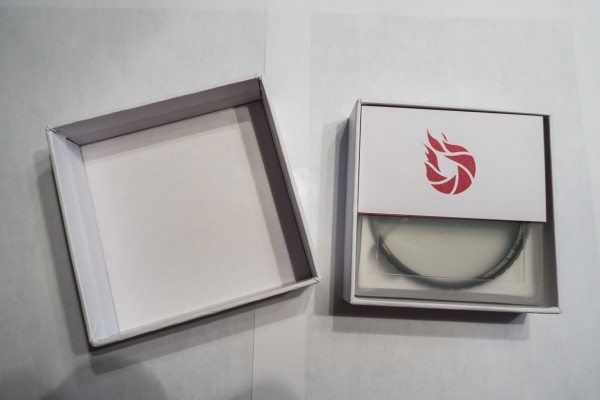
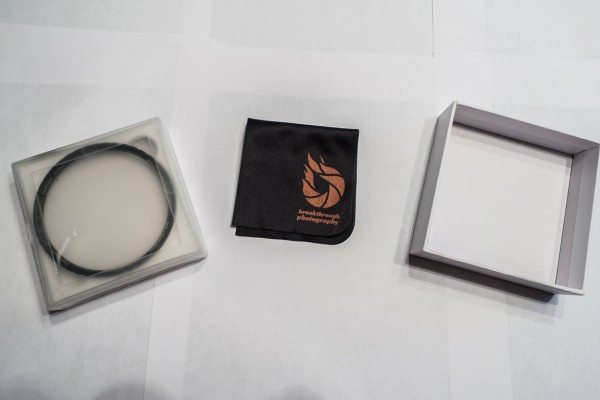
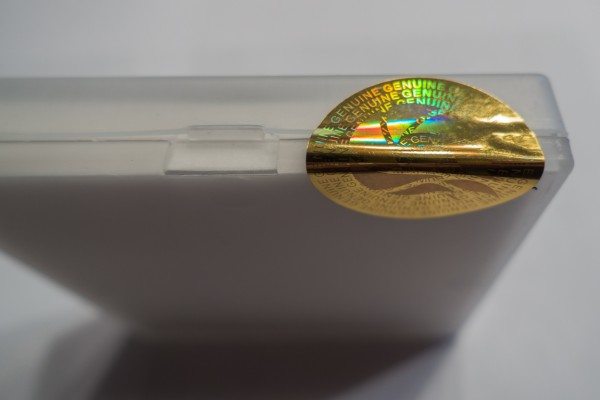
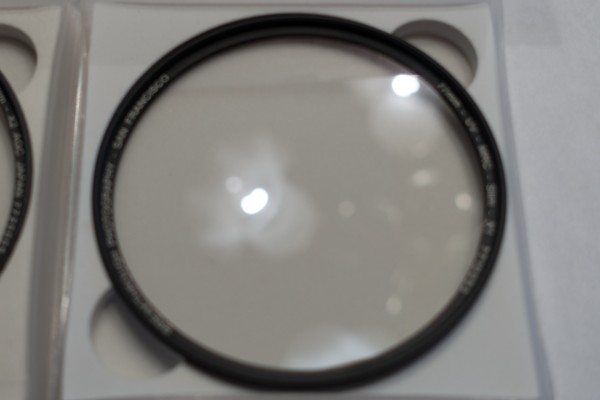
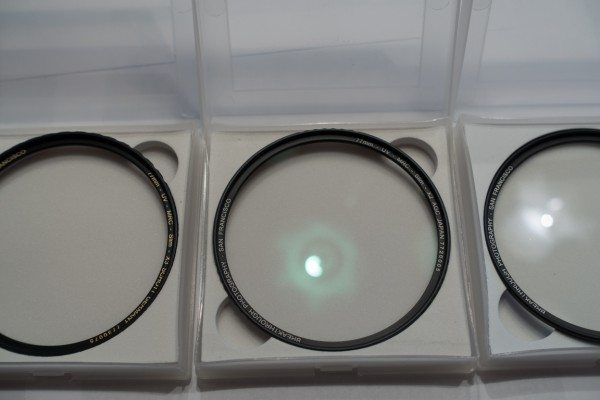
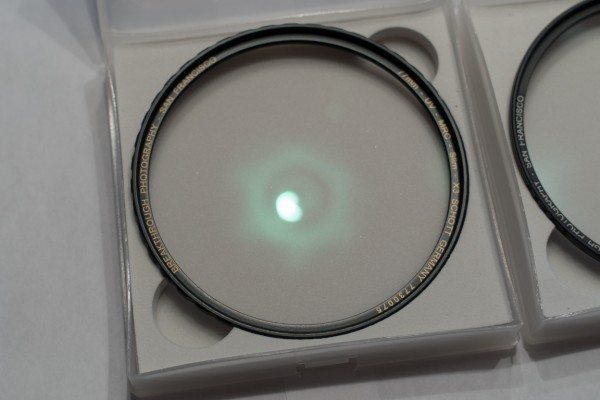
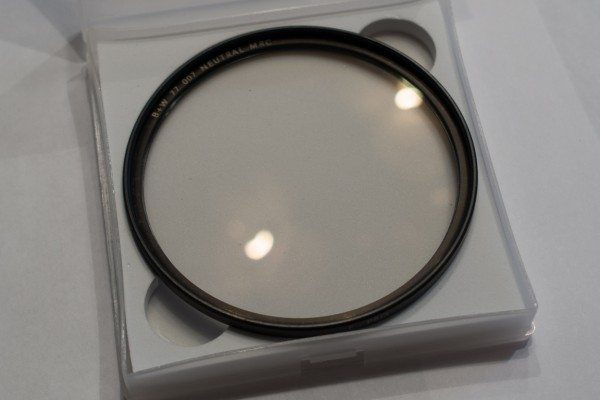
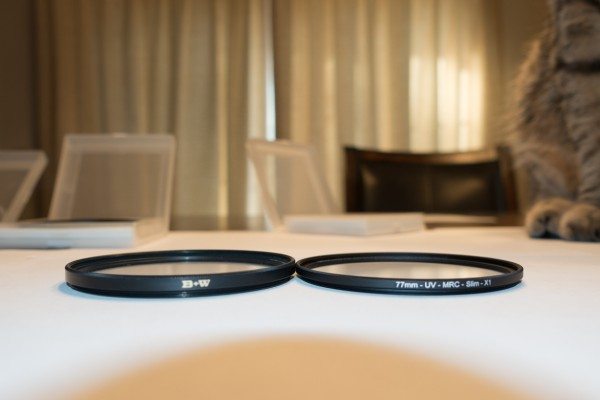
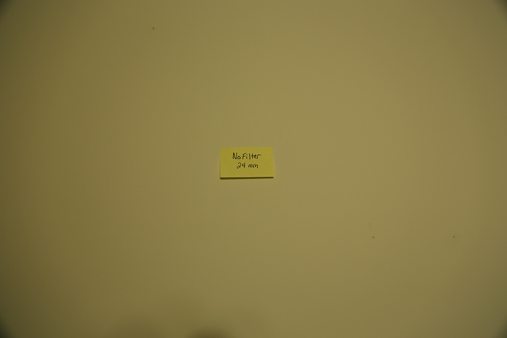
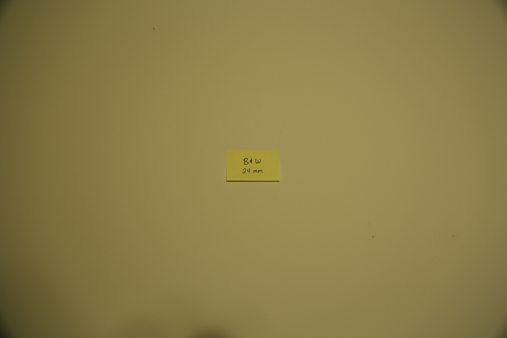
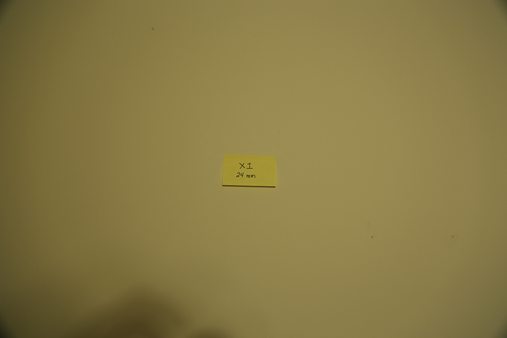
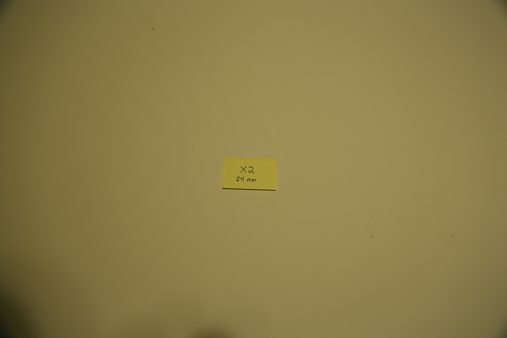
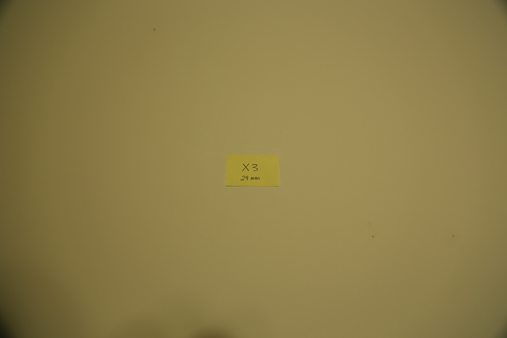
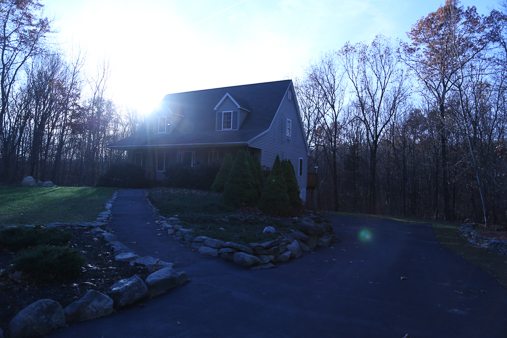
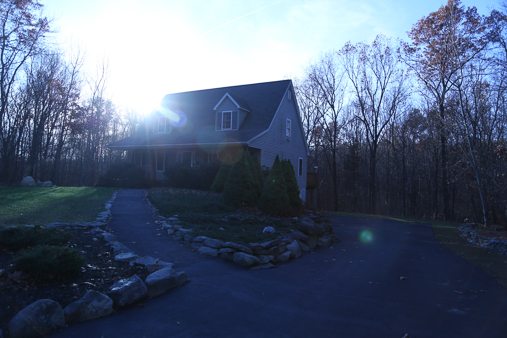
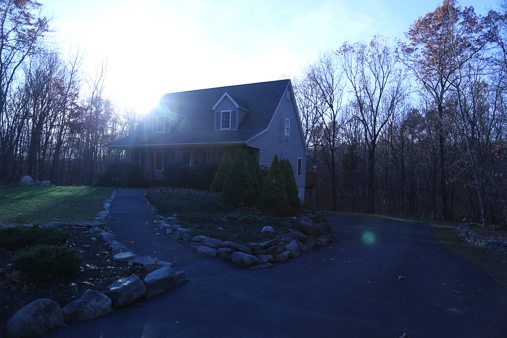
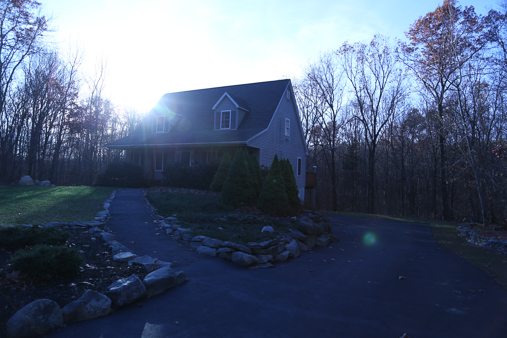
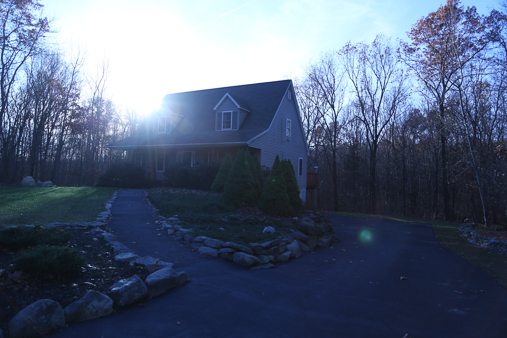


Gadgeteer Comment Policy - Please read before commenting
Appreciate the review. Was looking to see if I should replace my current filters.
Also, I believe your existing filter is referred to as B+W.
B&W make speakers.
Additionally, in your second last paragraph, B&H don’t make filters. 😉
Why use a protective filter that has color (UV=pale yellow, skylight=pink) when there are clear glass filters to protect which have no color at all?
May I intrude…
First off, clearing up a bit of info: there is a filter manufacturer called B+W in Germany. They make some of the best (if not THE best) filters in the industry. this is not to be confused with a “b&w filter” (more on that later.)
Second. What exactly is a “b&w filter” and what does it do? Pardon my ignorance here. I’ve been earning my keeping as a photog for more than 15 years, but I have yet to run into such a filter and I can’t figure out for the love of my life its purpose. What you ARE using according to your description is a clear filter (NO UV at all) from B+W, which isn’t a ND filter either. It’s just NEUTRAL (and marked as such), which isn’t supposed to interfere with the quality of light at all. Again, B+W is not the same thing as “b&w”.
Third. “To my eye, the B&W and the X3 both had about the same light transmittance for practical purposes with a slightly lower transmittance for the X1 and X2.”
What is light transmittance?
Fourth. UV filters are practically useless for digital cameras, save for protecting the lens’ front element. While it’s true that they have something to do with lens flare, what they do is quite the opposite. They NEVER, ever, “control” the flare. Any filter, for that matter, will ADD flare to any lens by increasing the number of glass elements and thus adding another layer of internal reflection that scatters even more light.
Fifth. Nanocoating doesn’t have anything to do with “water and oil smudge resistance.” It has to do with the structure of the coating, which allows for less or more reflectance (less in the case of nanocoating) as opposed to multicoating. In short, nanocoating improves the optical quality, not the chemical properties of the front lens.
Sixth. “The B&W filter is notorious for sticking when stacked with another filter.” A lot of filters gain this notoriety and here’s why: if the threads are made of aluminum and you screw them onto an aluminum thread, there will be some micro oxidation and microfusing between the threads. And here’s a big big blooper on your part, as B+W make their threads of brass, exactly in order to avoid filter sticking and locked threads.
Seventh. The vignetting is less likely to be caused by the quality of the glass, and more likely by the thickness of the filter ring (which will show in the image thus causing the darker corners.)
I may have come along as very harsh in my comment. I don’t consider myself a “pro” although I was paid as such for a long time. I believe I always have something to learn. But I have yet to publish a technical review of a product, on a high traffic website, without doing my homework first. It’s like I started reviewing surgical equipment just because I happen to like brain surgery. Can you imagine how many people would die? 🙂 In any case, there’s vast documentation on the mighty internet on all seven topics I covered here.
@andix
Thanks for taking the time to write up such a thorough response. I agree wholeheartedly. It bugs me when companies make and sell UV filter for digital camera. The only filters that I think make sense for digital are ND, polarize, or clear (to protect the lens).
Thanks for the great review! The Kickstarter campaign seems to be very well done (and well run). Based on what I see here I’ll be changing my pledge level to take advantage of some of the new reward levels that just arrived in my inbox.
I want to believe these new filters are going to be great. But, I have a few issues with this review. First is that the 007 is not a UV filter. 010 is a UV filter; 007 is simply a protective filter. Second, the B+W XS Pro is the top end of B+W and it has the nano coating (for water beading and easy smudge removal) that the non-MRC Nano lacks. The MRC on the 007 that I believe you are using is not intended for any kind of water beading / smudge cleaning. The XS Pro is also much thinner than the Non XS Pro. It may cost A LOT more than the traction filter (don’t know). But, with 16 total layers of coating and a nano layer for protection / cleanup it would be the better comparison.
heya – just a note please feel free to delete my previous comment if you just want to update the 007 to be clear and not-UV. It’s just a couple of technical notes. don’t post this one either.
You are correct! I didn’t realize I had bought a clear filter when I purchased the B+W. It does not have the nano coating, however:
http://www.bhphotovideo.com/c/product/475495-REG/B_W_661001705_77mm_007_Protection_Clear.html
Still, the X3 is an outstanding filter, especially considering the price. I can’t nuke your comments, we don’t do that. You made a valid point here. I cannot find any information on the layers of MRC for my B+W filter but I know it’s not nano.
You just dropped $1000 for one of the finest lenses designed by some of the finest Japanese optic engineers and you slap one more glass barrier in front of your sensor?
All your self imposed reflections, vignetting and flare issues will go away by dumping the filter all together.
Use the lens hood to protect your lenses from scratches and leave the filter for the unwashed masses.
If you need ND filter to blur a waterfall or need a polarizer to capture a rainbow then use it for the shot and then toss it back into your camera bag when done.
If you are at your nephew’s fourth birthday party at Chuck E. Cheese and are truly worried about protecting your lens then drag out the filter to protect the lens from prying pizza fingers but once you get home then the filter comes off.
Actually, yes. I do a lot of storm photography and the filter weather-seals the lens. I’d rather replace a filter than send the lens in for service. If it is a light-critical shot, like a night shot with stars or the aurorae or if it’s a sunset that is flaring my lens, I’ll take the filter off but it otherwise does not degrade the performance of my photography in the slightest for the type of photography that I do. I’d like to protect my investment. That’s one reason I won’t throw low-end filters on my lenses but instead always opt for the higher-end B+W glass. These BT filters are also excellent. Do what you like with your lenses. That’s the great thing about photography, there are options for everyone’s way of doing it. Go in peace.
Hi,
I have just ordered a couple of filters, after placing the order, I realised it didn’t ask me if I was wanting Nikon, Canon thread.
I see you shoot the same Canon camera as me, are the threads universal.
Your answer would be a great help.
Thanks D
Filters are not brand-specific. A 77-mm filter will fit the threads of ANY 77mm lens regardless of who makes the lens.
This is beyond helpful – thank you! I am online right now to buy 4 77mm filters to protect my lenses. I have both the X1 and X2 in my shopping cart and looked for reviews to see if there is a difference. You have sold me on the X2 – this review is exactly what I needed.
Thanks for the review. Didn’t see it before I purchased the X4s (formerly X3, I presume). Had to replace a banged up B+W on my Zeiss MakroPlanar and very happy with it. Added a second one to the new TSE 24. I was initially impressed with the neutrality of their ND filter, and thought if they can make top notch ND, the UV protection can’t be that bad either. Even got some of their step-up rings, rather pricey, but the textured edge can be helpful.
Customer service is also excellent. Had a little order mix up, was quickly fixed without any problems, even added a freebie lens cap. They certainly know how to keep customers happy!
P.S. Re color cast, that can easily be adjusted with WB, either in camera or in post. The problems become more significant if you use grad filters. Stacking Lee ND-grads leads to some nasty color casts that are much more difficult to fix in post. I’d love for Breakthrough to do ND grads for Lee holders.
Mark,
Just came across your review and I appreciate the explanation about the differences between the X’s.
That said, it appears that you think that the quality differences between the X2 and X3 are minimal, so why did you choose an X2 for your 16-35 and an X3 for your 24-120?
Also, since you originally published this, have you bought any more Breakthrough filters? I’m particularly interested in their CPLs and can’t tell the differences between those X’s.
Thanks,
Mike